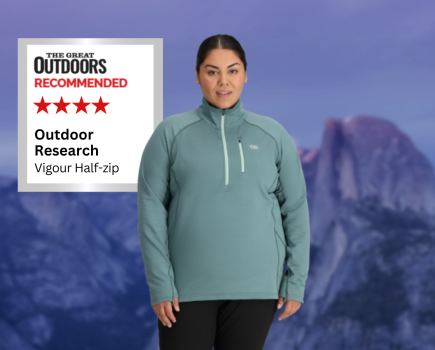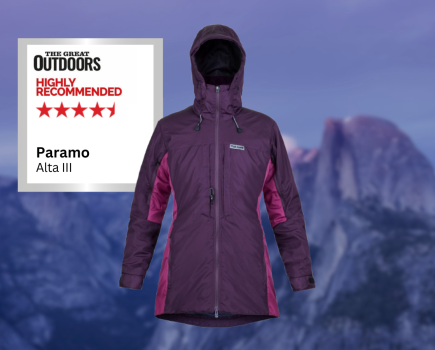How does the Petzl Irvis perform on the hill? David Lintern tests this leading crampon as part of a longer crampon review.
The Petzl Irvis is fairly minimalist, with simple components which keeps the weight down but still provide plenty of traction. Each crampon is subtly labelled for foot and size, although I’d like to see this made clearer. On the most recent version of the Irvis, the brand has removed the dial for fine tuning the heel ‘snap’ and included a 3-way adjustable bracket, which changes the angle and therefore the tension on the leverlock as a whole. My concerns about this change proved unfounded in practice – it was one less thing to get clogged up with mud and ice.
The 10 points are aggressive and of a slightly thinner profile, which seems to give a nice balance between grip, weight and mobility. The anti-balling plates are rubberised plastic affairs which reject most snow. I know from experience they get chewed up eventually, but can be easily replaced. Indeed, modularity marks the Petzl out for me. Nearly every part can be swapped out depending on wear or for different terrain via something branded Alpen Adapt. I loved that a rear basket (called Back Flex) is included with the leverlock version of the Irvis, so you can use the Irvis with B1 boots (i.e. without a heel welt). It’s also possible to swap out the front sole units for technical mountaineering or ice climbing points, and the rears for lightweight glacier travel.
My first pair of Petzl Irvis crampons saw me transition from hillwalking to multiday winter mountaineering and the recent iteration has sacrificed none of the versatility. It’s a case of JEEP – Just Enough Essential Parts – all of which work well together and can be replaced when they wear or the terrain changes. They also pack away tiny!
Read more: 3 of the best crampons reviewed







